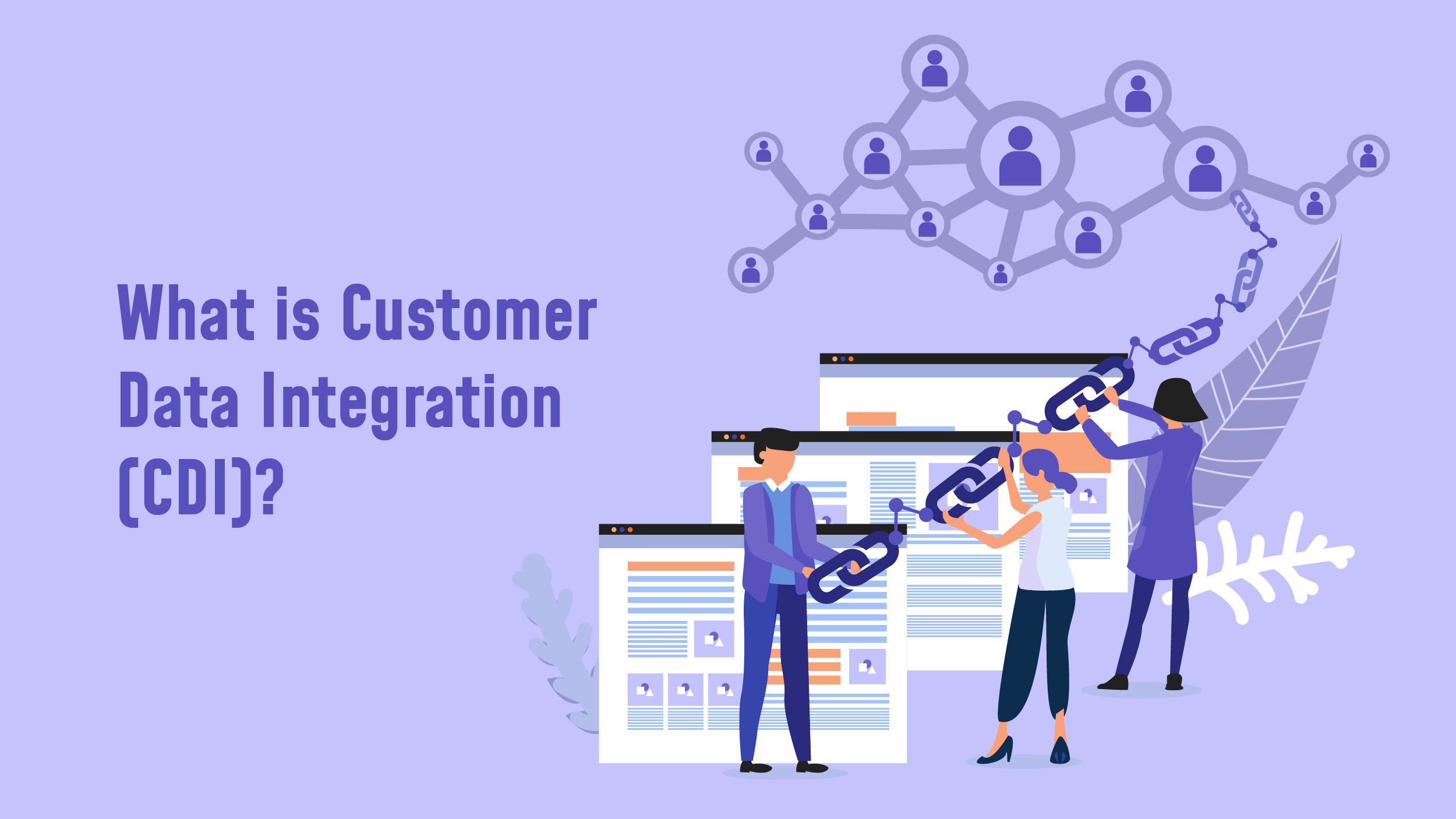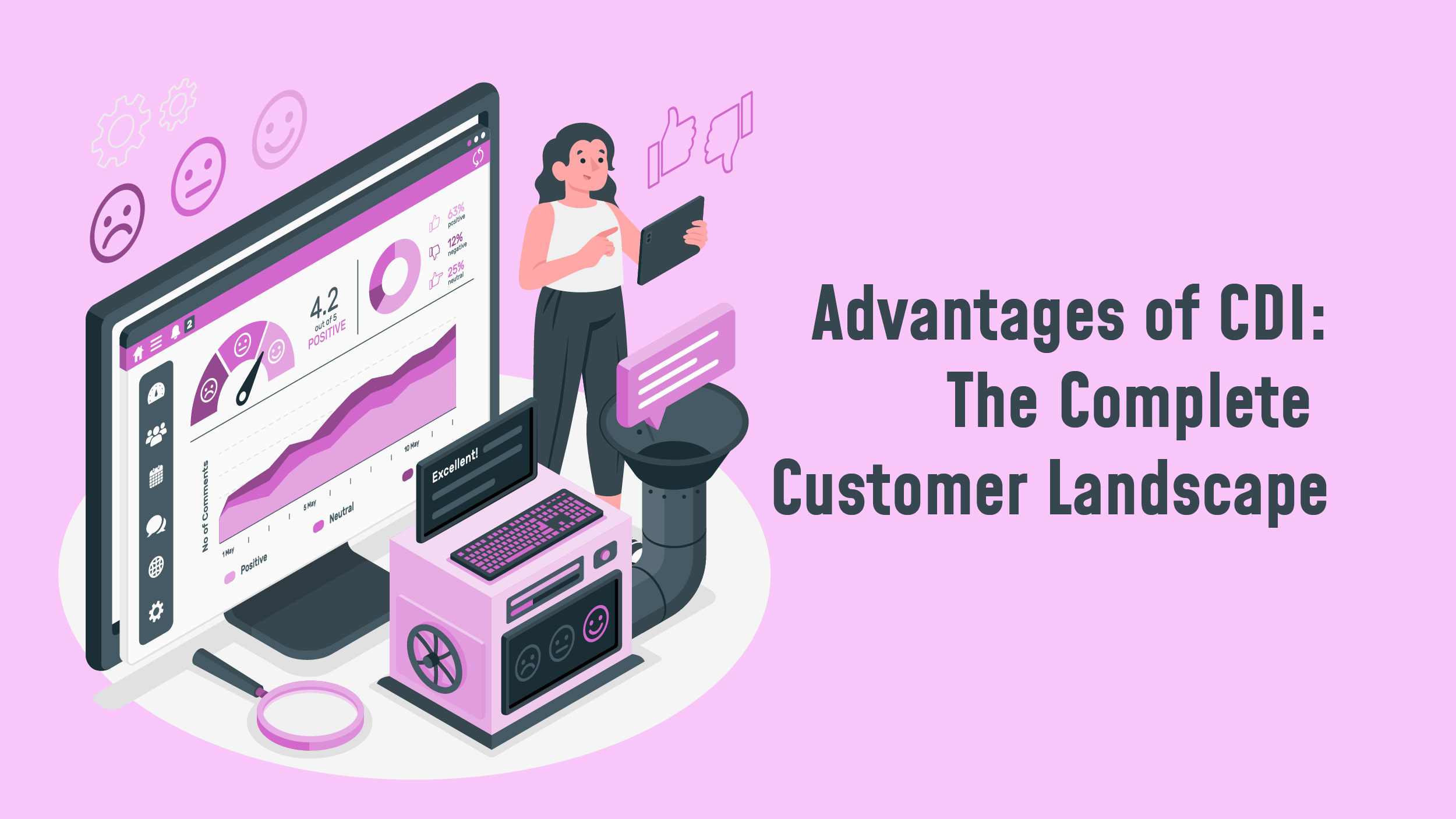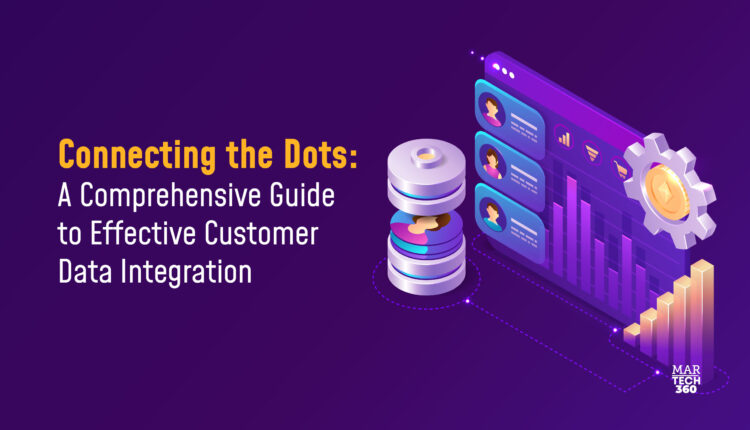Wondering how your clients use your product? Curious about your support team’s performance? Who’s behind on their latest invoice?
Addressing these specific customer queries, among many more, can be a hassle when data is tucked away in apps accessible to only a few client-facing employees. This can hinder effective client support and serve your organization’s best interests.
Thankfully, customer data integration comes to the rescue. Discover its definition, advantages, and implementation of the best practices as you read ahead.
What is Customer Data Integration (CDI)?
 CDI is the procedure of pulling your customer information from numerous source systems and merging and organizing it in one central spot for your team—which is often your data warehouse.
CDI is the procedure of pulling your customer information from numerous source systems and merging and organizing it in one central spot for your team—which is often your data warehouse.
There are basically three ways to apply it.
-
Consolidation:
A data warehouse is stocked with cleaned, standardized data. From there, your team may get quick access to an up-to-date 360-degree view of your customers.
-
Propagation:
Data is moved between programs by copying and pasting.
-
Federation:
Similar to consolidation, data is gathered from several sources and then made accessible in one place. Although it seems to be consolidated from the end users’ perspective, it isn’t actually consolidated. Consolidation occurs solely upon customer data request.
To make this definition simpler, let’s go through an example that uses the consolidation approach.
Consider that the following source systems are used by your team to gather customer data:
- Salesforce, a CRM platform, for managing contacts and activity history
- NetSuite, an ERP system, for handling contracts
- Zendesk, an IT help desk tool, for tracking support tickets
- SurveyMonkey, a survey tool, to gather survey responses
Customer data integration tools collect data from apps, organize it, and load it into a Snowflake-like central data warehouse. This develops a reliable hub of customer information.
Your customer-facing teams and others can easily obtain the information they need for their daily tasks thanks to this setup. A customer success manager, for example, may look up the most recent survey responses from a particular client. Similar to this, sales operations may produce a report to pinpoint customers who, based on product usage, would be interested in higher spending. This sheds light on why CDI holds value.
Advantages of CDI: The Complete Customer Landscape
 A 360° customer view, which gives your business a complete picture of clients’ behaviors, interests, and probability to buy a product, becomes achievable through data integration software. This point of view is often beneficial for both individual marketing operations and overall business advantages.
A 360° customer view, which gives your business a complete picture of clients’ behaviors, interests, and probability to buy a product, becomes achievable through data integration software. This point of view is often beneficial for both individual marketing operations and overall business advantages.
Alright, now let’s delve into the advantages of customer data integration. It allows you to:.
● Spot untapped possibilities
When preparing to launch a new product or add a new feature to an existing one, you’ll be able to better meet your objectives by analyzing the customer information you’ve gathered about what they want.
● Strike the right audience balance
Your CDI approach will offer information on customer preferences, needs, and purchasing habits. Your marketing and sales communications will be more relevant to your target audience because of this information.
● Boost customer loyalty
With customer data integration, you can provide a more individualized customer experience due to all this customer data that is available. You’ll be able to do this for both, your customer service and marketing communications.
● Make informed decisions
CDI can help you make appropriate data-driven business strategy decisions through data cleansing and validation, which involves removing duplicates and outdated data.
● Track industry trends
What’s coming need not be a mystery to you. Utilize customer data integration for examining past and present consumer data to identify patterns in demand and stay ahead of the curve in order to remain updated with industry trends.
● Break down data silos
If your company is dealing with numerous data silos, there’s a chance you might miss out on crucial consumer insights. Are there instances where your sales team holds customer information unknown to the customer support team? Does marketing gather data but fail to communicate it to sales? The same customer information could be collected by both sales and marketing, yet stored separately in distinct silos.
How Do You Integrate Customer Data?
When integrating your consumer data, keep the following points in mind:
● Choose Your Customer Data Integration Tools Wisely
You can create the integrations internally, utilize an extract, transform, and load (ETL) tool, or leverage an enterprise automation platform, among other choices. Each option has its own advantages and disadvantages, but the choice you make may ultimately be influenced by the resources you have available and the demands of your particular organization.
● Create a Customer Journey Map for Discovering Invaluable Data
As your relationship with clients develops, the apps used to gather data and the types of data are naturally changed.
For instance, early on, a customer may be more likely to chat with your support team and read content in your help center; later, however, a customer may join your platform, visit pages that showcase other products, visit review sites, browse competitor websites, and much more.
Finding the data you require by using the customer journey should not be your only solution, but it can help you get started and fill in any gaps.
● Draft Your Preferred Framework for Governance and Security Measures
Who has access to client information? And how would they employ it? You may avoid mistakes that endanger your relationships with clients and your reputation in the marketplace by responding to questions like these and then acting on the responses.
Customer Data Integration: 3 Success Stories
Businesses that find a way to effectively gather and use pertinent customer data reap huge rewards in the shape of better customer service and, ultimately, higher profits. Here are three major instances where companies benefited from using customer data integration:
1. TUI UK & Ireland Leverages CDI to Customize Customer Experiences
The biggest tour operator in the UK, TUI UK & Ireland, needed to integrate data from multiple legacy systems that it had acquired via various mergers and acquisitions. As it was difficult to exchange data because of the variety of sources, the company decided to adopt a more personalized approach to customer service.
TUI looked for a solution to handle its data management that could consolidate all of its data in one place efficiently. TUI converted all data into an extensive repository of data about its customers, goods, suppliers, and so on by using a customer data integration tool.
A more personalized travel experience that helped consumers avoid unnecessary contact and duplication, speed up resolution times, and recall their customers was produced by combining existing data with newer business rules and validation information from external sources.
2. Domino’s Pizza’s Digital Makeover Powered by CDI
Domino’s Pizza needs to be relevant in the market to keep its position as the biggest firm in both the delivery and carryout pizza sector worldwide. This is because businesses like Amazon Fresh are competing for customers’ business by knocking on their doors. That is why Domino’s developed AnyWare.
Customers can place orders using social media, TVs, automotive entertainment systems, smartwatches, and TVs with AnyWare. The launch of the expansive ordering network brought forth a deluge of data, presenting Domino’s with a valuable trove of information that could yield significant benefits if handled appropriately.
Through a data fabric system, Domino’s oversees customer data integration encompassing point-of-sale systems, 26 supply chain centers, and mobile devices. This platform enables one-on-one purchases across the board and gives the organization a single, reliable source of truth to aid in enhancing business performance, including logistics and forecasting.
3. Calor Gas Elevates Service and Renewal Processes Using CDI
Over 100,000 household customers use Calor Gas, a reputable UK business that provides liquid petroleum gas. In order to increase retention and income, the business targeted new consumers with offers.
Calor Gas produced a 360-degree view of its customers using data fabric technology. With this, Calor Gas was able to provide consumers with more customized and practical service with a quick payback period (between 12 and 18 months).
Wrapping Things Up
Integrating client data into your customer data management strategy is crucial. Making wise decisions might be difficult without a centralized location for vital information. It involves utilizing advanced data integration software to streamline customer data management, enabling businesses to create comprehensive data integration reports for informed decision-making.
Although your business may already use a few strategies for gathering, examining, and managing data, you must adopt a comprehensive strategy. It is easy to build an effective customer data integration strategy quickly by selecting the appropriate tools and fostering cross-departmental collaboration.
In essence, the realm of customer data integration is not just about connecting databases; it’s about connecting with customers on a deeper level, fostering relationships built on understanding, trust, and relevance. As we navigate this dynamic landscape, the lessons learned and insights gained will undoubtedly shape the future of customer-centric business endeavors.


Comments are closed.